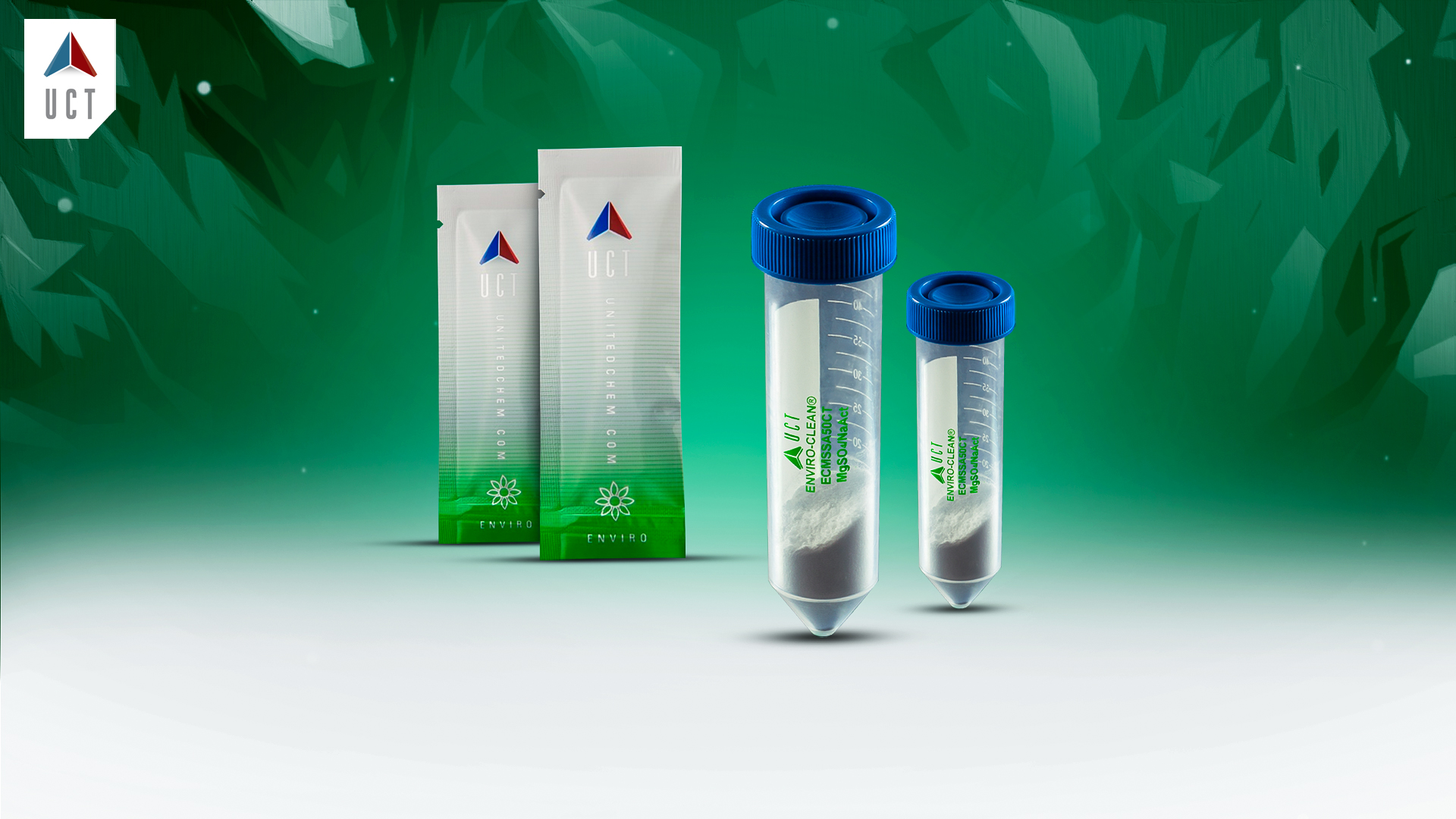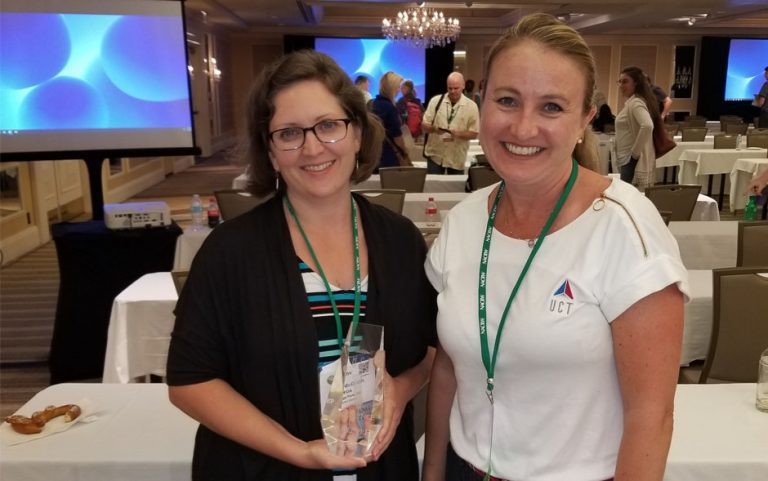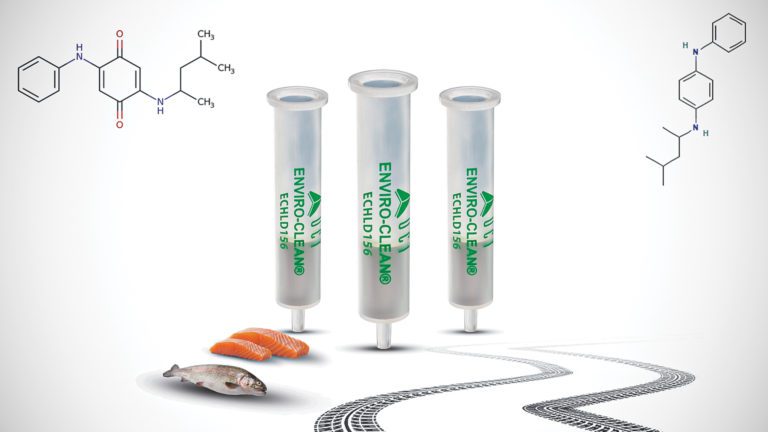The Environmental Menace: Phthalates and Bisphenols Pollution
When considering the plethora of environmental pollutants that can be found in our
world today, phthalates and bisphenols are notorious offenders, posing risks to
ecosystems and human health. These chemicals, commonly found in everyday
products, have garnered attention for their adverse effects on the environment and
wildlife and their potential impact on human well-being.
Both phthalates and bisphenols have been associated with endocrine-disrupting effects,
potentially interfering with hormone regulation in humans and wildlife. Prenatal exposure
to these chemicals has been linked to developmental abnormalities and reproductive
disorders. Research suggests a possible correlation between bisphenol exposure and
an increased risk of certain cancers. The estrogenic properties of bisphenols raise
concerns about their potential carcinogenic effects.
Phthalates are a group of chemicals used as plasticizers in a wide range of consumer
products, including plastics, personal care items, and medical devices. These
compounds enhance the flexibility and durability of plastics but have been linked to
various health concerns, such as endocrine disruption and reproductive issues.
Bisphenols, with bisphenol A (BPA) being the most well-known, are used in the
production of polycarbonate plastics and epoxy resins. These chemicals are found in
food and beverage containers, thermal paper receipts, and dental sealants. Bisphenols
have raised alarms due to their potential hormone-disrupting properties and associated
health risks.
Phthalates and bisphenols can leach into soil and water sources from plastic products,
industrial discharges, and landfill runoff. These chemicals contaminate aquatic
ecosystems, posing risks to marine life and potentially entering the food chain.
Volatile compounds released from phthalates and bisphenols can contribute to airborne
pollution. Inhalation of contaminated air poses risks to human health and can impact air
quality in urban areas.
Governments worldwide are implementing regulations to restrict the use of phthalates
and bisphenols in consumer products. These measures aim to reduce exposure levels
and mitigate environmental contamination. Continued research into sustainable
materials and non-toxic substitutes for phthalates and bisphenols is crucial for
developing eco-friendly products and reducing reliance on harmful chemicals.
UCT’s Enviro-Clean ® product line is free of phthalates* and bisphenols making
them the perfect choice for plasticizer-free analysis.
Please download the UCT application notes:
A Modified QuEChERS Procedure for the Analysis of Bisphenol A in Canned Food
Products
Determination of Phthalates Leached from Toys into Artificial Saliva
Sources:
20 Shocking Water Pollution Facts – Effects on our Environment.
https://puretamil.com/en/20-interesting-facts-about-water-pollution/
Moore, Sonja, et al. “The Association between ADHD and Environmental Chemicals—A
Scoping Review.” International Journal of Environmental Research and Public Health,
vol. 19, no. 5, 2022, p. 2849.






